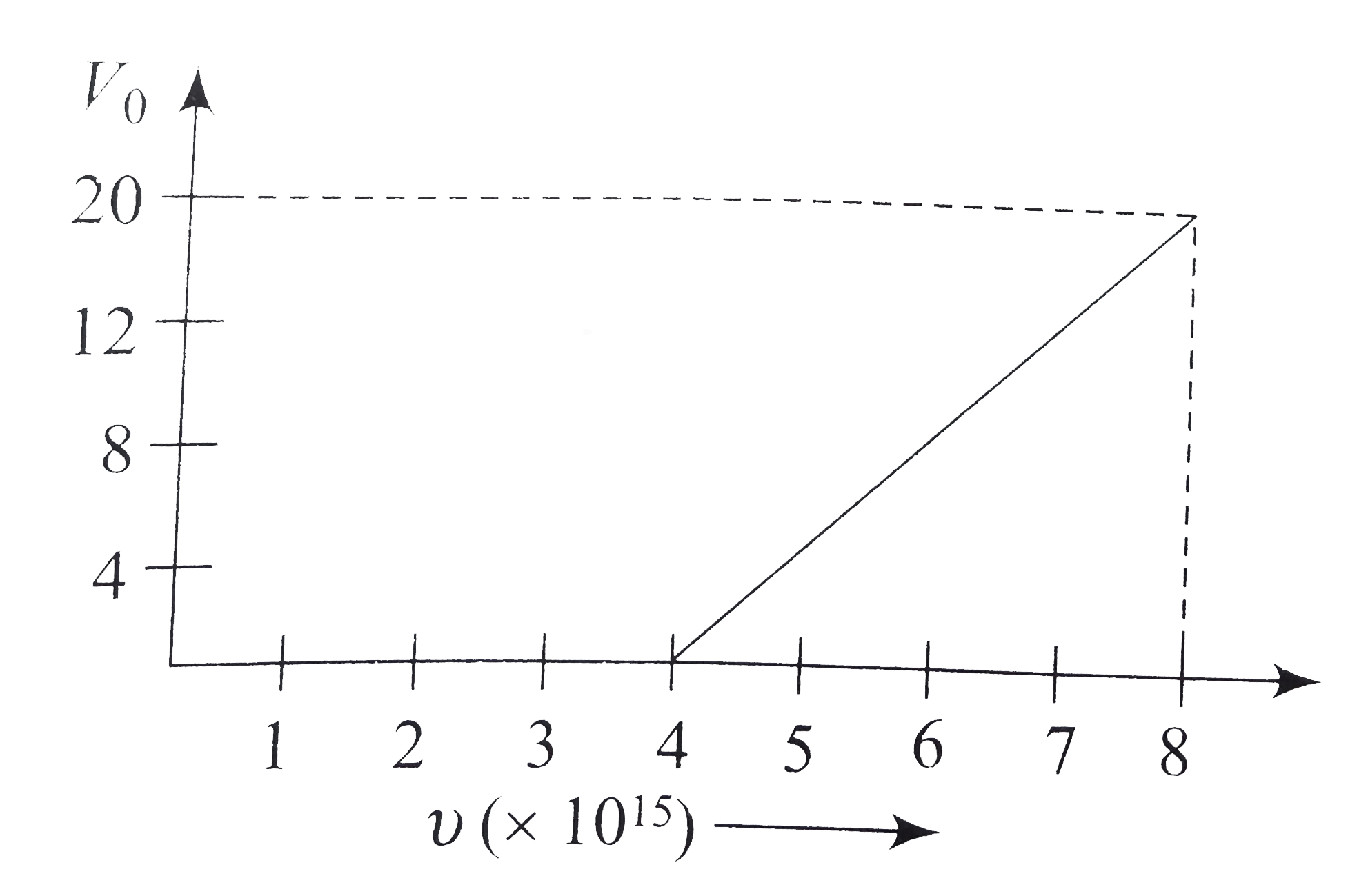Beyond which frequency, the ionosphere bends any incident electromagnetic radiation but does not reflect if back towards the earth?
50 MHz
40 MHz
30 MHz
20 MHz
The correct Answer is:B
The ionosphere can reflect electromagnetic waves of frequency less than 40 MHz but do not reflect electromagnetic waves of frequency more than 40 MHz.
Topper's Solved these Questions
- BOOK - MHTCET PREVIOUS YEAR PAPERS AND PRACTICE PAPERSCHAPTER - COMMUNICATION SYSTEMEXERCISE - Exercise 215videos
COMMUNICATION SYSTEM
- BOOK - MHTCET PREVIOUS YEAR PAPERS AND PRACTICE PAPERSCHAPTER - COMMUNICATION SYSTEMEXERCISE - MHC CET Corner6videos
COMMUNICATION SYSTEM
- BOOK - MHTCET PREVIOUS YEAR PAPERS AND PRACTICE PAPERSCHAPTER - COMMUNICATION SYSTEMEXERCISE - MHC CET Corner6videos
COMMUNICATION SYSTEM
- BOOK - MHTCET PREVIOUS YEAR PAPERS AND PRACTICE PAPERSCHAPTER - CIRCULAR MOTIONEXERCISE - MHT CET CORNER21videos
CIRCULAR MOTION
- BOOK - MHTCET PREVIOUS YEAR PAPERS AND PRACTICE PAPERSCHAPTER - CURRENT ELECTRICITYEXERCISE - MHT CET CORNER32videos
CURRENT ELECTRICITY
Similar Questions
the vividh bharati station of All india Radio, Delhi , broadcasts on a frequency of 1,368 kHz (kilo hertz). Calculate the wavelength of the electromagnetic radiation emitted by transmitter . Which part of the electromagnetic spectrum does it belong to
View Solution
When a high frequency electromagnetic radiation is incident on a metallic surface, electrons are emitted from the surface. Energy of emitted photoelectrons depends only on the frequency of incident electromagnetic radiation and the number of emitted electrons depends only on the intensity of incident light.
Einstein's protoelectron equation [Kmax=hv−ϕ] correctly ecplains the PE, where υ= frequency of incident light and ϕ= work function.
Q. For photoelectric effect in a metal, the graph of the stopping potential V0 (in volt) versus frequency υ (in hertz) of the incident radiation is shown in Fig. The work function of the metal (in eV) is.View Solution
Knowledge Check
- Question 1 - Select One
Beyond which frequency, the ionosphere bends any incidne electrognetic radiation but does not reflect if back towards the aarth?
A20 MHzB30MHzC40MHzD50MHz - Question 2 - Select One
When a high frequency electromagnetic radiation is incident on a metallic surface, electrons are emitted from the surface. Energy of emitted photoelectrons depends only on the frequency of incident electromagnetic radiation and the number of emitted electrons depends only on the intensity of incident light.
Einstein's protoelectron equation [Kmax=hv−ϕ} correctly ecplains the PE, where υ= frequency of incident light and ϕ= work function.
Q. Light of wavlength 3300 is incident on two metals A and B, whose work function are 4 eV and 2 eV, respectively. ThenAA will emit photoelectrons but B will notBB will emit photoelectrons but A will notCboth A and B will not emit photoelectronsDneither A nor B will emit photoelectrons - Question 3 - Select One
When a high frequency electromagnetic radiation is incident on a metallic surface, electrons are emitted from the surface. Energy of emitted photoelectrons depends only on the frequency of incident electromagnetic radiation and the number of emitted electrons depends only on the intensity of incident light.
Einstein's protoelectron equation [Kmax=hv−ϕ} correctly ecplains the PE, where υ= frequency of incident light and ϕ= work function.
Q. The slope of the graph shown if Fig. [here h is the Planck's constant and e is the charge of an electron] isAheBehChDeh
Assertion (A) : Ionosphere contains gases in the ionized from which form the basis for wireless communication.
Reason (R) : These ions reflect back the ratio waves to the earth.View SolutionElectromagnetic waves of frequency ……. are reflected from ionosphere.
View SolutionWhich of the following phenomenon does not support the particle nature of electromagnetic radiation?
View SolutionThe sun delivers 103W/m2 of electromagnetic flux to the earth's surface, which is at a distance of 1.5×1011m from the sun. The whole incident electromagnetic flux is absorbed by the earth.
Total electromagnetic power that is incident on a roof of dimensions (8mx10m) on the surface of earth isView SolutionThe wave which are reflected back to the earth by ionosphere is
View Solution

